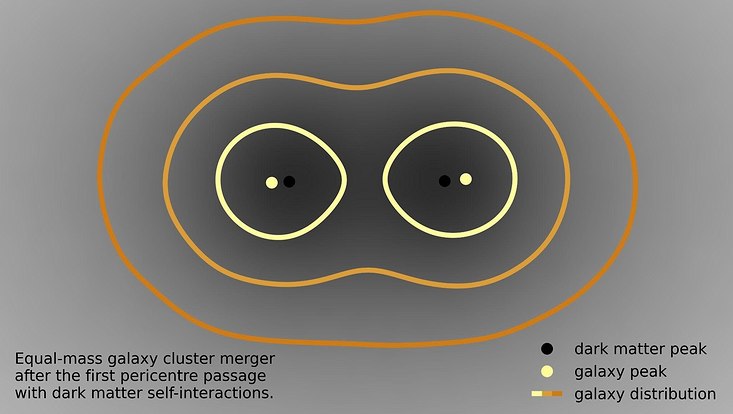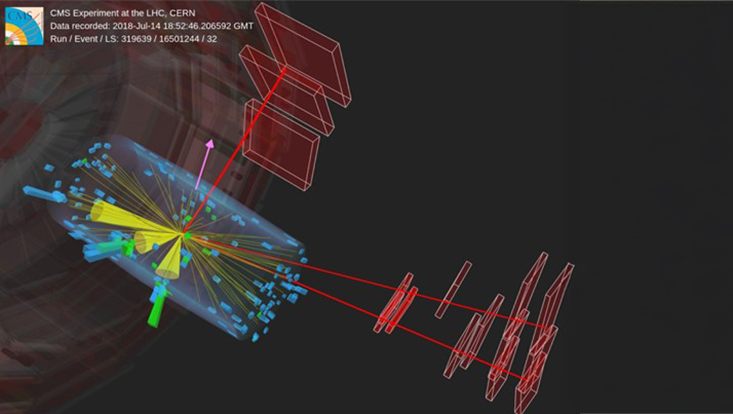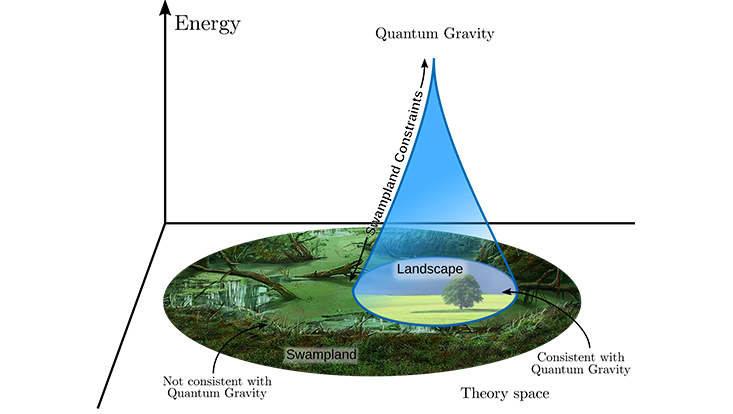Best Paper Awards 2023Astrophysical simulations of Dark Matter with small-angle scattering
18 April 2023

Photo: M. Fischer
A study led by Dr. Moritz Fischer, a former Ph.D. student of Quantum Universe, presents a numerical scheme that – for the first time – allows simulating dark matter self-interactions with tiny scattering angles from first principles.
The majority of the mass in the Universe is dark matter. We only know of it because of its gravitational pull on other objects, for example, stars. Although we have a lot of astronomical observations allowing us to describe its distribution in the Universe, we still need to learn a lot more about the physical nature of dark matter. Dark Matter poses one of the central questions in physics today and could consist of new elementary particles that interact with themselves beyond gravity. Given that such interactions are strong enough, they can alter the distribution of dark matter on scales of galaxies and below. A potential signature of such self-interactions can arise in mergers of galaxy clusters. Even though they contain up to roughly a thousand galaxies, the majority of the mass of galaxy clusters consists of dark matter. When two such clusters merge, an effective drag force can arise from the dark matter self-interactions and decelerate the dark matter component. Whereas the galaxies are not directly affected by the self-interactions. Thus an offset between the dark matter and the galaxies arises. The effective drag force and hence the offset are particularly large for models with typical scattering angles that are very small.
Prior to this paper, it was unknown how to simulate such models from first principles. But this new work makes it possible to model galaxy cluster mergers with small-angle scattering precisely. Consequently, this constitutes a substantial contribution to understanding the angular dependence of these scatterings. The paper's implications go even further, explains Dr. Moritz Fischer: "Now we can study various astrophysical systems, not only mergers, and have the opportunity to find and quantify various signatures of dark matter self-interactions that arise from small-angle scatterings." In conclusion, the work by Fischer et al. may bring us a little closer to solving the mystery behind the nature of dark matter.
Original Publication
Moritz S. Fischer, Marcus Brüggen, Kai Schmidt-Hoberg, et al.: N-body simulations of dark matter with frequent self-interactions, published in MNRAS.
The publication was awarded with the Best Paper Award 2023.


